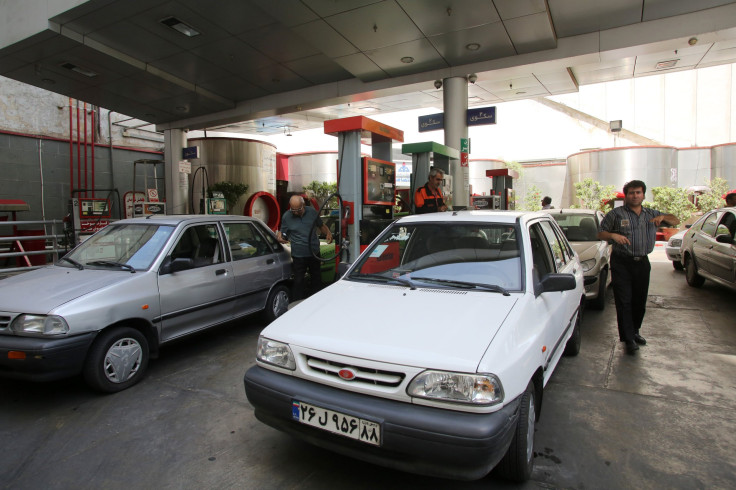With Iran Nuclear Deal, European Automakers Look To Lead Charge Into Middle East's Largest Car Market

The nuclear agreement worked out between Iran and world powers will loosen an array of sanctions and provide added incentive for European automakers to pile into the Middle East’s largest auto market. But the return to Iran will not be led by newbies. European and Korean automakers with prior experience in the country will spearhead the charge in an attempt to grab market share from Chinese automakers that filled the void in recent years.
The Iranian market isn’t easy to dominate. Consumers prefer dependable, reasonably priced vehicles. “The most successful companies will be those that can produce an auto for the market priced between $8,000 and $10,000,” says Darius Mehri, a University of California sociologist who has studied the Iranian auto industry.
With U.S. automakers still barred from doing business in Iran, the Iranian market for foreign marques is left largely to the Europeans, including Renault, which along with Peugeot had been sending partially assembled cars to Iran to sell in the local market until the most recent sanctions were put in place in 2011.
“Peugeot and Renault already have capacity there,” says Richard Hilgert, senior equity analyst at Morningstar who covers the automotive industry. “They’ve been idle for the past 18 to 24 months, because of the sanctions, but they could restart operations there more easily than others.”
Indeed, just hours after the nuclear deal was announced, Paris-based PSA Peugeot outlined plans for new Iranian production with its previous partner Iran Khodro. Peugeot was the leading foreign automaker before the 2011 sanctions.
Iran’s auto market was hit hard after the nuclear sanctions. The measures sliced annual production of local and foreign-branded cars by more than half between 2011 and 2013, from a record high of 1.6 million vehicles to a little more than 700,000, according to data from LMC Automotive. The sanctions dried up sales of imported car parts and drove buyers into the market for locally produced, second-hand Iran Khodro and Saipa sedans. At the same time, cheap locally manufactured Chinese cars from Chery and Lifan rolled into the void.
The deal announced this week will also loosen banking restrictions and help to quickly prime the local industry.
“Things could explode overnight,” Vikas Sehgal, global head of automotive at investment bank Rothschild, told the Financial Times. He estimates that with the relaxing of sanctions, Iran’s auto industry could build up to 4 million cars a year by the end of the decade, up from the 1.4 million forecast this year.
German automaker Volkswagen could wind up with the most to gain, because it manufactures both low-cost mass market cars and a broad portfolio of luxury marques, including Audi and Bentley.
American automakers, meanwhile, will be shut out until the U.S. and Iran move closer to normalizing relations. That’s unfortunate for American manufacturers. "The market for U.S. cars would be huge,” says Mehri. “Iranians right now love everything American."
© Copyright IBTimes 2024. All rights reserved.





















